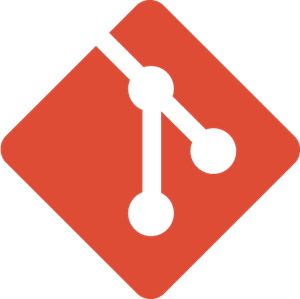Tabular-AutoML
AutoML Package for tabular datasets
Tabular dataset tuning is now hassle free!
Run one liner command and get best tuning and processed dataset in a go.
Installation & Usage
- Create a Virtual Environment : Tutorial
- Clone the repository.
- Open the directory with cmd.
- Copy this command in terminal to install dependencies.
pip install -r requirements.txt
- Installing the requirements.txt may generate some error due to outdated MS Visual C++ Build. You can fix this problem using this.
- First check the parser variable that has to be passed with all customizations.
>>> python -m tab_automl.main --help
usage: main.py [-h] -d -t -tf [-p] [-f] [-spd] [-sfd] [-sm]
automl hyper parameters
optional arguments:
-h, --help show this help message and exit
-d , --data-source File path
-t , --problem-type Problem Type , currently supporting *regression* or *classification*
-tf , --target-feature
Target feature inside the data
-p , --pre-proc If data processing is required
-f , --fet-eng If feature engineering is required
-spd , --save-proc-data
Save the processed data
-sfd , --save-fet-data
Save the feature engineered data
-sm , --save-model Save the best trained model
- Now run the command with your custom data, problem type and target feature
>>> # For Regression Problem
>>> python -m tab_automl.main -d "your custom data scource\custom_data.csv" -t "regression" -tf "your_custom_target_feature" -spd "true" -sfd "true" -sm "true"
>>> # For Classification Problem
>>> python -m tab_automl.main -d "your custom data scource\custom_data.csv" -t "classification" -tf "your_custom_target_feature" -spd "true" -sfd "true" -sm "true"
Contributing Guidelines
- Coment on the issue on which you want to work.
- If you get assigned, fork the repository.
- Create a new branch which should be named on your github user_id , e.g.
sagnik1511. - Update the changes on that branch.
- Create a PR (Pull request) to the main branch of the parent repository.
- The PR title should named like this
[Issue Number] Heading of the issue. - Describe the changes you have done with proper reasons.
Contributors
-
Sagnik Roy : sagnik1511






